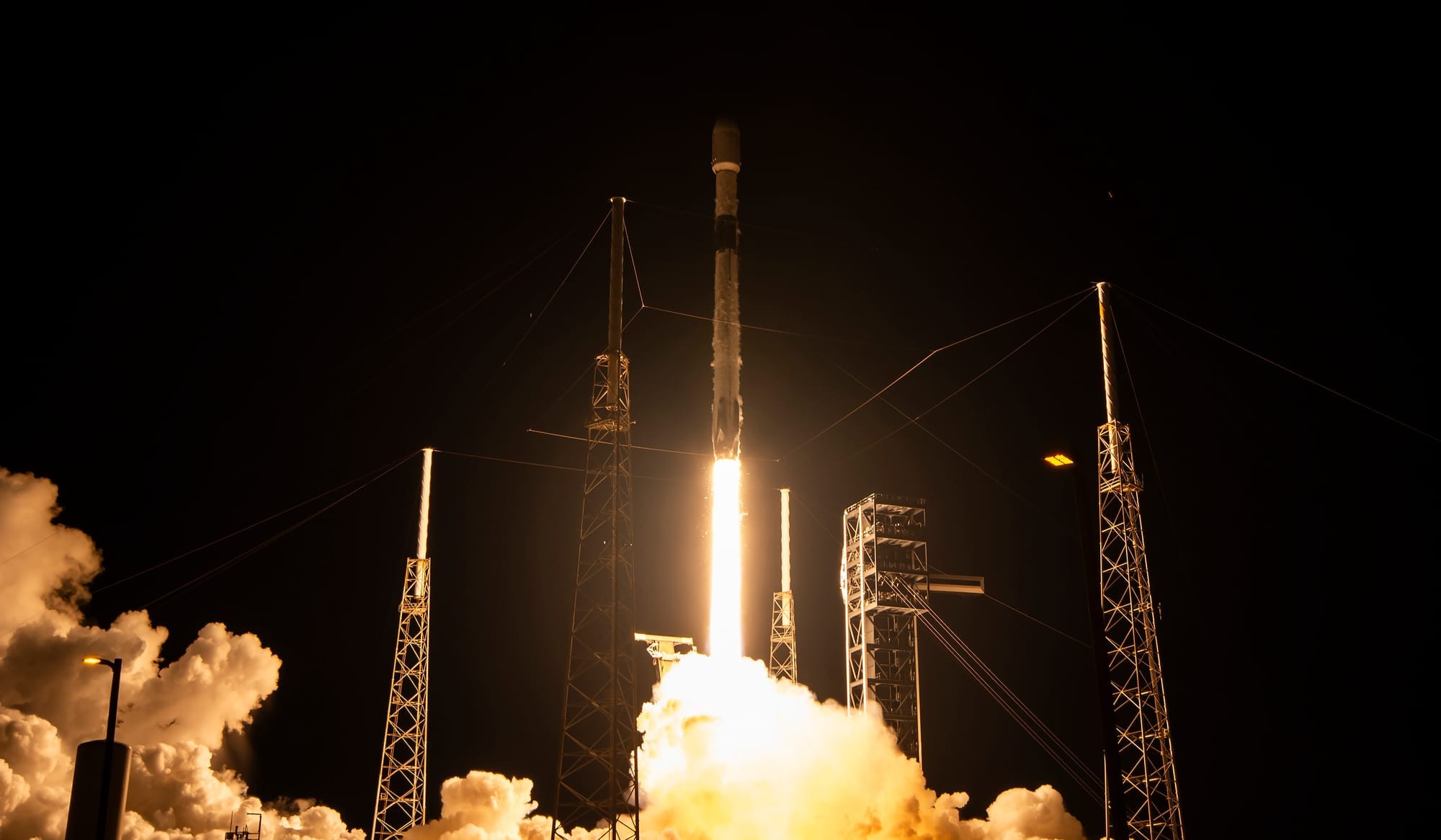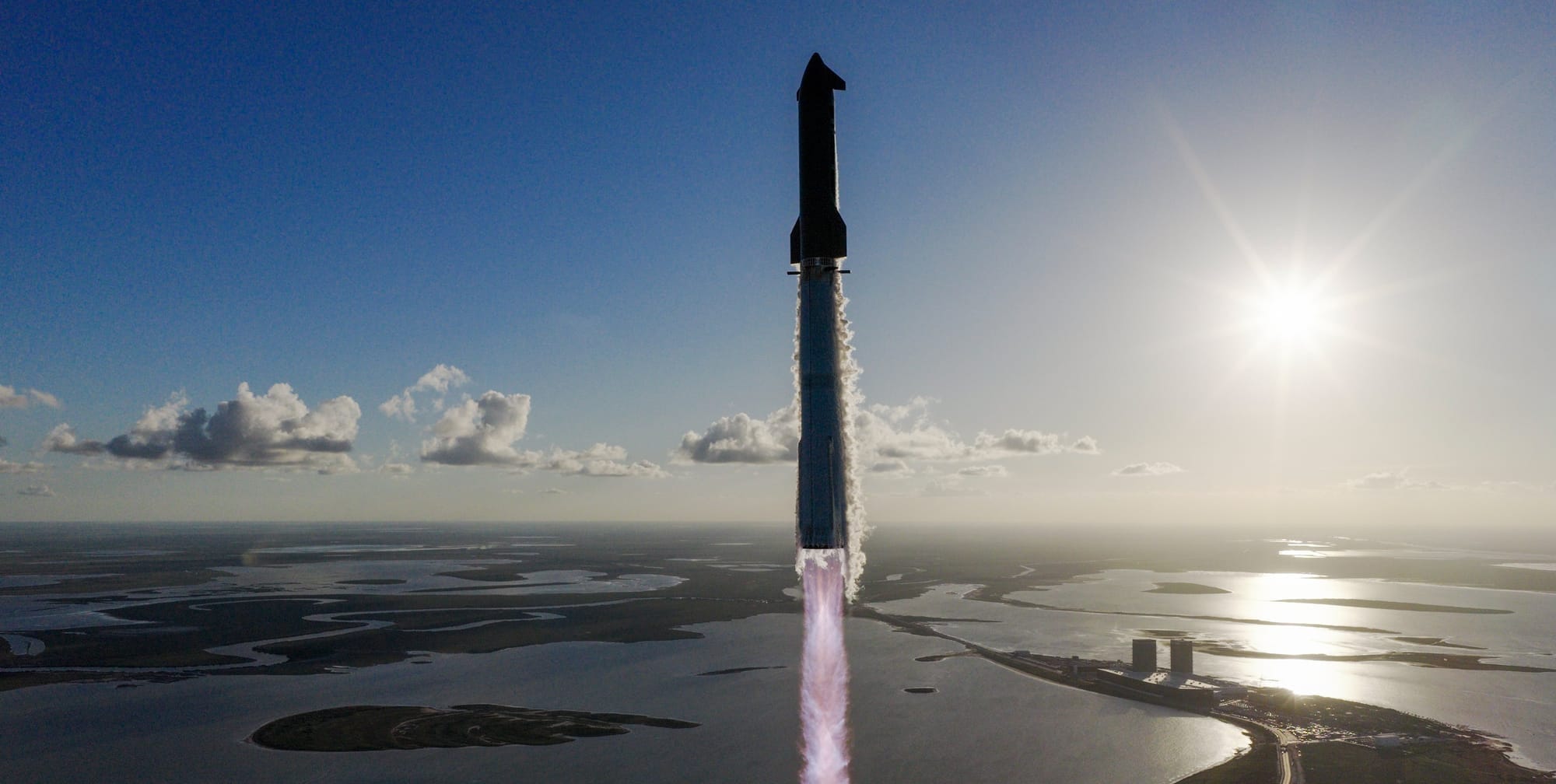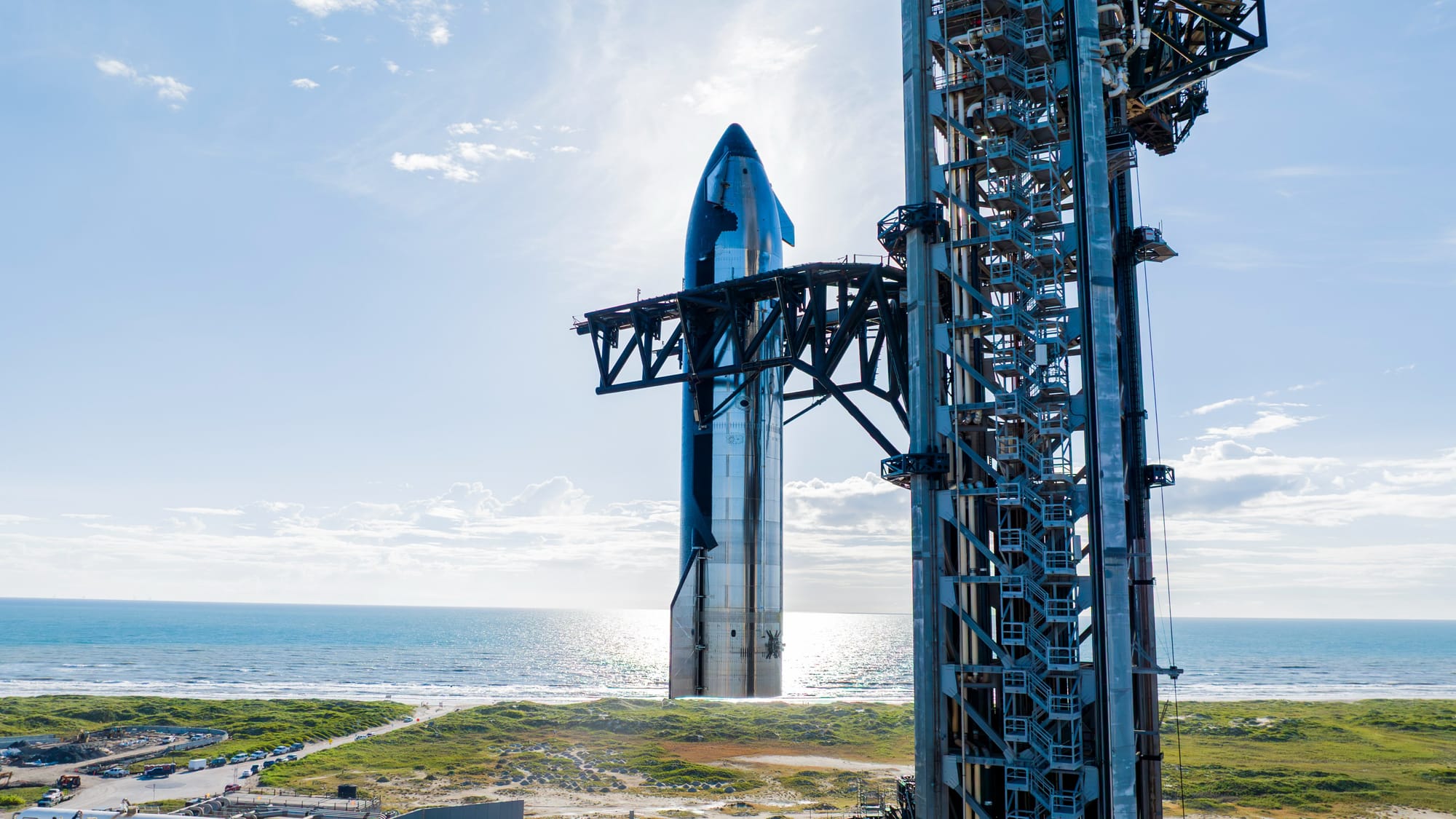Table of Contents
For around six million users, SpaceX's Starlink internet service, provided by almost 8,000 satellites, suddenly went down for two and a half hours globally, affecting civilian and government users yesterday.
The outage is the first in almost two years, when in September 2023, the network also went down worldwide.
According to SpaceX's Starlink Twitter account, the outage was acknowledged at 20:05 pm Universal Coordinated Time on July 24th. Just over four hours later, the issue was said to be resolved.
Following the first Starlink posts on the outage, Michael Nicolls, Vice President of Starlink Engineering, took to Twitter to state:
"Starlink has now mostly recovered from the network outage, which lasted approximately 2.5 hours. The outage was due to failure of key internal software services that operate the core network. We apologize for the temporary disruption in our service; we are deeply committed to providing a highly reliable network, and will fully root cause this issue and ensure it does not occur again."
In the day following the global outage, reports of problems via Downdetector are around sixty times that of normal services.
Among those affected by the outage were Ukrainian military forces, battling an invading Russia in the conflict's fourth year. According to Reuters, over fifty thousand Starlink terminals deployed across the frontline went down, causing communications and drone operations to stop with it.
Starlink has been an essential part in Ukraine's warfighting capabilities, often to the point of overreliance on SpaceX, which has led Elon Musk to shut down the service periodically to appease Russian President Vladimir Putin. This reliance has led Ukrainian forces to explore alternatives if available.
Other forces possibly affected by the outage include the U.S. Army and Navy. Hundreds of Starshield spacecraft, the military version of Starlink (which may interconnect with and hide in the Starlink constellation), used by the U.S. National Reconnaissance Office and Space Development Agency, may have been affected too.
Not the only internet constellation in orbit
The outage comes as Amazon's Kuiper space-based internet service, to be provided by up to 3,236 satellites, is ramping up its deployment rate. So far the constellation has 78 spacecraft in orbit, 24 deployed by a Falcon 9 and two groups of 27 launched by Atlas V. After deployment of further satellites, services from Kuiper are planned to be available later this year at speeds of up to one gigabit per second, giving Starlink its first capable western competitor.
To assist in competing against SpaceX's internet constellation, Amazon has partnered with Japan's Nippon Telegraph and Telephone, America's Verizon, and the UK's Vodafone to bring services directly to consumers. Furthermore, the company is teaming up with Airbus to provide its airliners with in-flight connectivity.
Alongside the two privately developed American constellations are two Chinese ones. One with more satellites in orbit, 90, is the Shanghai Government-backed Qianfan, and the Central Government-backed GuoWang, with 34 satellites in space.
China's approach to space-based internet constellations is fundamentally different from the U.S. one; rather than building out the constellations to generate revenue or to bolster existing services (AWS in Amazon's case), they are viewed as essential new infrastructures. As a new infrastructure, the constellations will not only provide internet services but enable 6G networks, smart autonomous ports, alongside general internet-of-things uses. With the constellations being viewed as infrastructure, it is believed that the Chinese government is willing to invest without a guaranteed return on investment, with both networks being a possible redundancy for the other.
However, the two Chinese constellations are massively trailing Starlink due to a bottleneck in launch opportunities, which is expected to be eased once reusable rockets begin to fly. Despite this, the operators of the Qianfan constellation have already signed agreements with Brazil, Kazakhstan, and Malaysia to introduce its services when available, while eying expansion throughout Africa, Central Asia, and South America.






